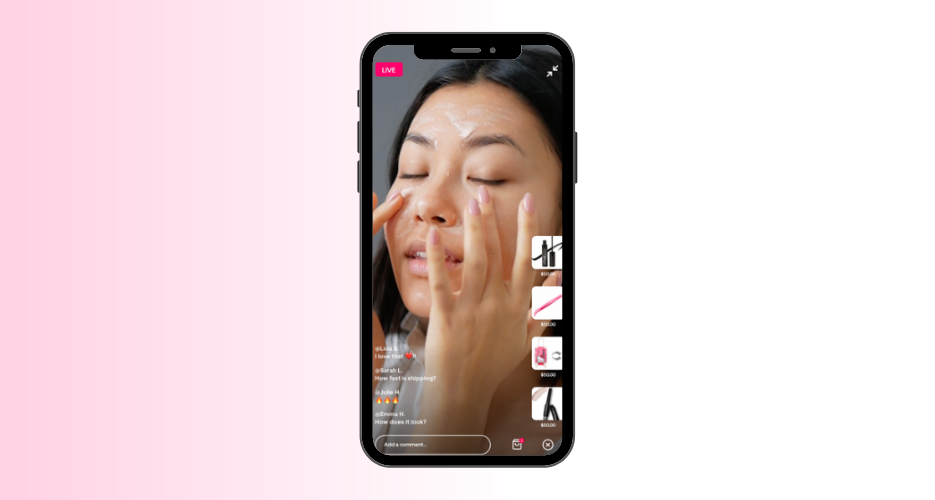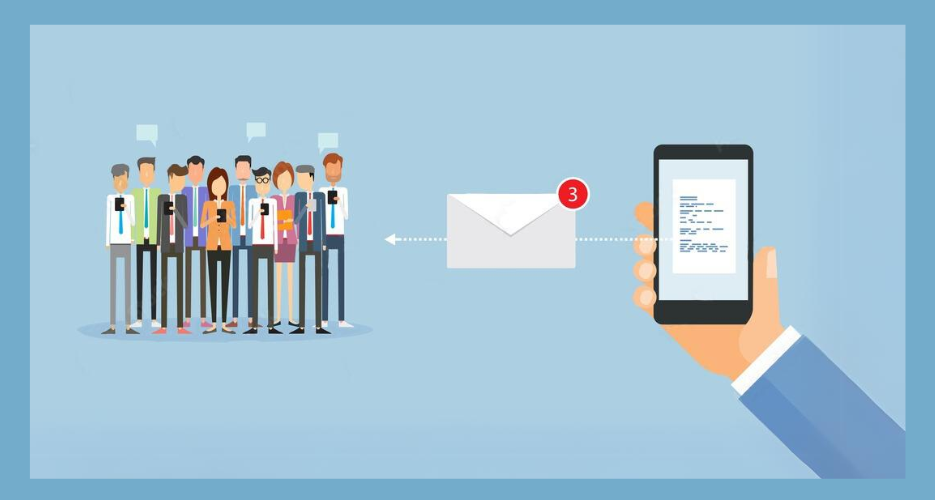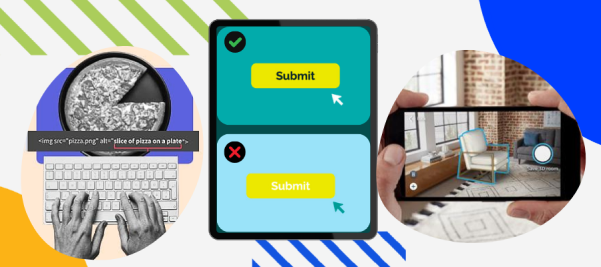The rise of live commerce
One of the latest trends in ecommerce is Live Commerce also known as Live Selling. This form of ecommerce allows shoppers to view and interact with products as they’re being sold online.
Although many consider it to be a new phenomenon, live selling has already firmly planted itself in Asian markets. In 6 years it reached a market penetration in the East of ~10% according to McKinsey. China’s live commerce market alone grew at a Compound Annual Growth Rate in excess of 20% between 2017 and 2020.
According to estimates by China’s Ministry of Commerce, 89% of all goods sold on Alibaba’s Singles Day were live-streamed.
Live commerce growth intensified exponentially across the world during lockdown. Retailers were forced to close stores and over time, the human longing for in-person experiences and connection grew, providing live selling the chance to take hold in countries where it previously hadn’t had much traction.
One of the earliest EU adopters was Douglas, a German beauty retailer who worked with the startup Livebuy to offer their customers a host of different stream formats ranging from streams with influencers to workshops with experts. These events had reported conversion increases of up to 40%. Douglas were having so much success with this model that in the weeks leading up to Christmas, they livestreamed every day for multiple hours a day.
Since then, many larger businesses have been dabbling in the model for example Walmart tested a fashion live stream on TikTok that resulted in 7x more views and an increase in their TikTok following by 25%.
A 2020 study from Facebook IQ showed that almost a quarter of all those surveyed wanted to discover new products via live streaming either from an influencer or brand representative.

The increased demand in live commerce not only offers an efficient way for merchants to promote their brands through social media channels, this method has also been shown to increase sales conversion by up to 67%.
Types of live commerce
- Live Streams
When we think about Live Commerce, live streams are often the most popular starting point. These events offer the customer a chance to view certain products up close and in action. They can also ask questions, see live examples of the product in action and they can directly interact with the brand.

Here are some examples of popular live streaming:
- Interviews
With niche influencers that align with your brand and products. There are primarily focused on awareness and traffic.
- Tutorials/showcases
How to use product. Examples could be:
Makeup: Customers are shown variations on how to apply the makeup product as well as what other products complement it.
Clothing: Care instructions on how to get the most from your products as well as an upsell opportunity to sell those care products e.g. shoe protectant
- Behind the scenes / Product creation
This offers an opportunity to build brand awareness and customer loyalty. It can involve showing the product creation process, speaking to those behind the scenes in creating the product, speaking to the owner about the nature of the business (family owned, ethically sourced materials, quality materials, years of experience, etc.), speaking to the designer on where they got their inspiration for the product, etc.
In all of the above it can often be helpful to include interactive portions to help keep customers engaged such as a questions and answers section or even a quiz with prizes such as store discounts.
Beyond live streaming, there are a number of additional approaches to supercharge your live commerce offering.
2. Pre-Recorded Events
An alternative method of doing live streams is using pre-recordings. You can either live stream a pre-recording or you can save recordings of prior live events for customers to review at a later point on your website or in email campaigns. The live pre-recording is seen as less effective as it hampers customer engagement.
3. Personalised Shopping
Personalised shopping offers a more exclusive take on the standard live stream in that a customer can have an event tailored to them similar to a style consultation. These 1:1 events have been found to not only increase AOV through recommendations of cross-sell and up-sell products, but also greatly reduce returns as the customer has received tailored advice on their purchasing journey.
This can be done through a sign up form where an appointment can be scheduled and the stream is hosted on a private link on your site.
Klarna, a company that facilitates the Buy Now Pay Later model, offers another method of “personal shopping” via a live chat widget on your storefront. When the customer opens it, they are sent through a call funnel. When the customer initiates the call, Klarna will connect them to a customer service agent that has an ‘available’ status.

The key difference here is that Klarna’s solution will, if an agent is available, immediately connect the customer to complete their purchasing journey. This approach is great for moving customers through to purchase but is more demanding on retailers' resources.
Booking appointments on the other hand has a greater chance of cancellations given the time decay of interest but it allows for better management of resources and a more tailored approach as you can collect customer information prior to the call and have time to prepare their session in advance.
4. Shoppable Videos
Shoppable videos bring a sense of familiarity to social users with short snappy videos that can be placed on any page of your website. They will play as a gif and, when the customer clicks on them, the full short-form video will play with scroll up to purchase functionality.

Building a strategy for live commerce on your store
As we explored earlier, live commerce has a multitude of layers and thus requires some forethought in to developing your unique strategy.
Employees
- What are the requirements and availability of employees for live streams, personalized shopping, or on-demand customer requests?
- Do you have members on the team that are confident in speaking in front of a camera? Some training/upskilling may be required to achieve the best results.
Budget
- How much capital can you allocate to this strategy?
- Consider whether you will take a concentrated approach to live streaming where you engage with influencers or you take a more widespread approach at the variations of live commerce at which point app costs will be a strong consideration.
Customer Behaviour
- It’s important to understand the bracket of customers you’re targeting so you can best address their specific needs.
- Generation Z (10-25 years old) are the most likely to purchase products on live streams, with more than one third having done so in 2020. The survey results also showed that more than half of millennials and Generation X (26-41 and 41-57 years old respectively) have purchased items from live streams, compared with just under a quarter of baby boomers (55+).
- To complement the above, in the infographic below we can see that Gen Z is disproportionately influenced by social media and this gradually decreases as we move up generational increments.

Type of Live Commerce
- What method of live commerce will get the best ROI for your specific niche?
- McKinsey completed a survey on live stream selling which showed the following ranking of popularity based on sales.
- Apparel & fashion - 35.6%
- Beauty - 7.6%
- Fresh food - 7.4%
- Consumer electronics - 4.6%
- Furnishing & home decor - 3.6%
After reviewing the above considerations and choosing a method of live commerce, it’s time for launch.
The launch of live commerce elements should be tested in a low pressure environment i.e. not on Black Friday.
Once the model has been tested and the team are comfortable with it, you can start looking at the expansion and growing phase. This can include:
- Testing different forms of Live Commerce.
- Creating a weekly/monthly schedule that provides a consistent timeline for customers.
- Evolve from simple staff run events to bringing in industry experts and key leaders in the space.
What impact could live commerce have on your brand?
Finally, we will take a look at Live Commerce within the context of the two most important variables to any business; customer satisfaction and bottom line.
Live Commerce offers an unparalleled level of engagement with your customers. They have an opportunity to get an inside look at our business model, see and speak to the people behind the brand, and engage with others that love your products.
Showing the customer what motivates you, who the people behind the brand are, what the brand stands for and how passionate you and your team are about the products/services you offer has a significant impact on the psychology of a customer.
Short Term: Customer hesitation can be addressed and there is a greater chance they will purchase the product. Moreover, the purchase itself no longer feels like an impulse buy but rather a sound logical decision to support a brand they know and connect with.
Long Term: The sale becomes less about selling a specific product and more about selling the brand. When a customer believes in a brand their lens expands beyond the immediate purchasing journey into a wider interest in the company's product range. The results are increased retention, sales, and word of mouth referrals.
Bringing live commerce to your online store
StudioForty9 are experts in all things ecommerce, our clients lean on us to find solutions for their business to help them to grow and succeed online. We make it our mission to know and explore the latest technology and trends and bring the best of them to our clients. We have already successfully integrated live commerce for some of our clients and can offer expert guidance and advice. Talk to our team about the benefits and feasibility of live commerce for your business.
Email info@studioforty9.com to chat with us about bringing live commerce to your store.
Notes
Facebook IQ. “How COVID-19 has Changed Shopping Behavior.”
Business of Apps “Walmart sees success with live-stream shopping events on TikTok.”




